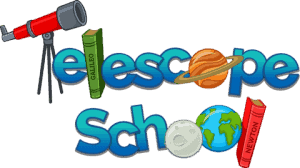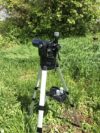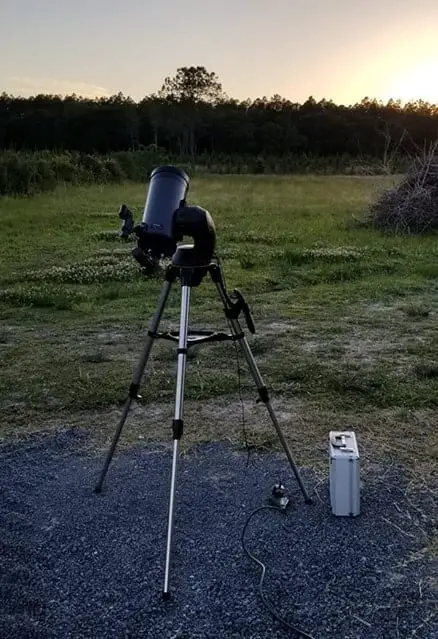
GoTo telescopes are designed to save you time by finding and tracking objects in the night sky. This means you will spend less time hunting for objects and more time viewing. Giving the only advantage of GoTo telescopes as; time-saving tools and or an astrophotography necessity for long exposures.
Everything seems to be offered in a computerized version anymore, and it is no different with telescopes. We will find that depending on your price range GoTo scopes can be just a fancy gadget to a tool that allows you to pack in as much as possible into the nights viewing opportunity. So “it depends” is the best short answer, but let’s dig a little deeper and give more details on why.
If you take the extra price of GoTo, it is relative to how much your time is worth to you, or your astrophotography hobby is worth to you. So, let’s look at it this way; you get about 20 nights a year on average and 2 hours per night of excellent viewing.
Now, we just take the 110 count Messier objects M01 to M110 in consideration. That leaves us with 40 hours to view 110 objects, or 2.75 Messier objects to see per hour in our first year. There are thousands of objects to see with your telescope, however next we will look at some of the downsides.
So, GoTo, or No-GoTo Telescope?
It may seem like an age-old question when buying your first telescope, but it actually can be narrowed down to what you plan on doing with your scope to see how it may be worth the price tag.
Buying a Gift for a Child, or a Teenager?
As a gift, the extra $300 to make a decent starter telescope a go-to scope can be a little much and I would not recommend it for any child under 12. Twelve and over is a good age where they are becoming responsible and have savvy and enough knowledge to learn how to use everything.
Taking Pictures of Celestial Objects?
You can actually take pictures of the moon and most planets without needing tracking. This is because they are bright in the night sky from the sun shining brightly on them. You can improve your short exposure by using stacking software as well. See the article on the 500 rule for astrophotography.
However, light that has taken light years to get here needs long exposure times or video that you can get enough images to stack and enhance for a pleasing look. This is where you will need an excellent sturdy motorized equatorial mount or GoTo mount.
Wanting to See Everything You Can While You Still Can?
This is just obvious really, as an example Stellarium has 14,000 objects in it. It would take you 38 years to see one object per night, and you won’t get 38 years of clear skies so it will take longer than thirty-eight to accomplish.
With a sound GoTo system you can save time finding each item. Take a bite of snack and a sip of coffee while the computer is aligning on the next object I’d say!
Just Getting Started in Astronomy?
Adding the complication of computer control to the learning curve of learning how to use your scope can be daunting. So, I would say save on the GoTo if you make it to a second telescope, then all you need to learn is your new GoTo controls.
That is just some basic thoughts for and against a GoTo system. If you are still unsure or need more details into what is involved with a computerized telescope, then keep reading.
What are GoTo Telescopes?
GoTo telescopes are simply telescopes that have additional computers and motors that allow it to find and follow objects in the sky automatically. These telescopes come with a handheld control pad that can be used to move the telescope and for selecting objects to point towards automatically.
A significant advantage of a GoTo telescope is that it gives you an ability to observe every celestial object in the night sky, even those that are difficult and basically impossible to spot with the naked eye.
Even without experience, it can be used to observe all the major stars and deep-sky objects (nebulas, star clusters, galaxies, etc.) in a given constellation.
How Do They Work?
They work like CNC machines basically. Even though the world is a sphere, the night sky is broken into 2 axis (an X and Y, or Right Ascension and Declination, or Altitude and Azimuth), then you just need to know where you are located (your latitude) to create home position on one axis (the Declination).
Now the time of day is required to know your home position in the 2nd axis (the Right Ascension). The fact the Earth rotates gives the impression of another axis, but it is steady at 1 revolution per day, so it is not really an axis.
However, since Earth is tilted on its axis, it adds more complexity to the equation, and this can be concluded as a 3rd axis because of the view angle continually changing. This is why we need the date to create a home position for a 3rd axis.
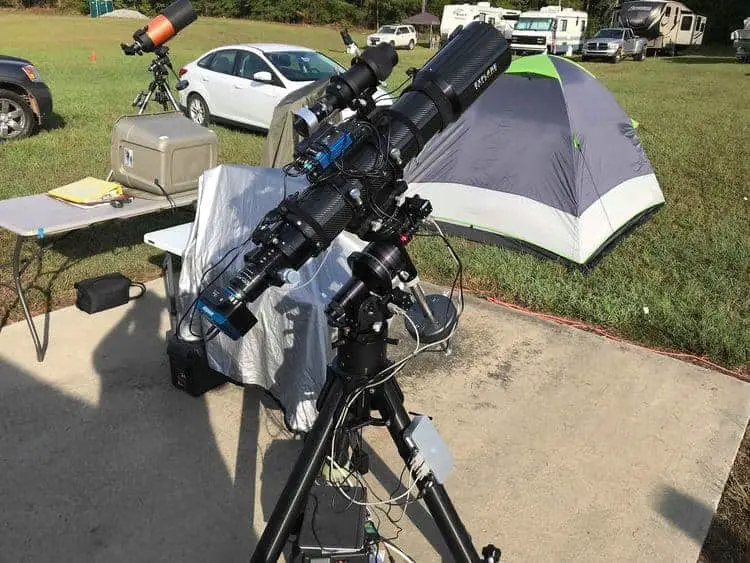
Modern technology is continuously evolving and improving almost every aspect of our lives. The area in which it has had the most significant effect, however, is in science and our pursuit of knowledge and understanding of the universe.
It is no surprise technological advances have improved our astronomy experiences ever since Galileo invented his telescope. One way in which technology can help now is with a GPS GOTO telescope. Now all the information needed to find home position is found and entered automatically. More on that below.
How to Set Up a Computerized GoTo Telescope
For GoTo telescopes to be able to locate celestial objects in the night sky, it must first know your specific location, the time and date, and where geographic north is. Some newer models have the capability of automatically gathering this information through GPS receivers and compasses.
If yours does not, however, there are lots of different tools that you can use. Two of the most popular apps are Polaris Navigation for Android and Commander Compass Lite for iOS.
The first important step in setting up your GoTo telescope is to make sure that it is level with the ground. Some of these telescopes come with a built-in spirit level that you can use. If yours doesn’t, you can easily download a level app on your smartphone and use it instead.
NOTE: When leveling, it is also essential to notice the ground that your telescope is on. Soft ground is ideal for absorbing vibration when viewing but too soft, and your telescope will be sinking through the night. Check out 30 Quick Tips & Tricks for Better Viewing
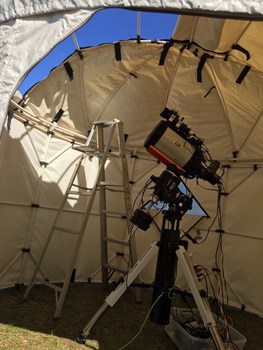
After the GoTo telescope has been leveled, you will then have to calibrate it. The purpose of calibration is for the motors on the telescope to adjust to its weight and balance after you have inserted your observing lens.
Last you will pick star alignment, and many guys seem to like 2-star alignment. Check your finder scope, and eyepiece, skew to make sure the star is centered in the view, and go to the next star. If you are off in the view, check your time, location address, levelness, time zone, and daylight-savings settings. Basically, each star it goes to should be in the center of your eyepiece when it stops.
How Do You Find Objects With a Standard Mount?
Although GoTo telescope systems offer a great advantage to locate celestial objects in once setup automatically, it may cause beginner astronomers to skip learning the following skill. Being able to find your way around the night sky, and locating different objects is something that shouldn’t be overlooked, even if you have a GoTo system.
Finding objects without the use of GoTo systems requires the use of star charts, and other resources that map out objects in the night sky. With enough knowledge and experience, you will be able to do this without using such charts and maps by using prominent “landmarks” (objects) within the night sky. To help understand, see the article “Why You Should Know How To Find Polaris, The North Star.” This is an essential skill for all astronomers to master.
Where Do the Prices Start On GoTo Computerized Telescopes?
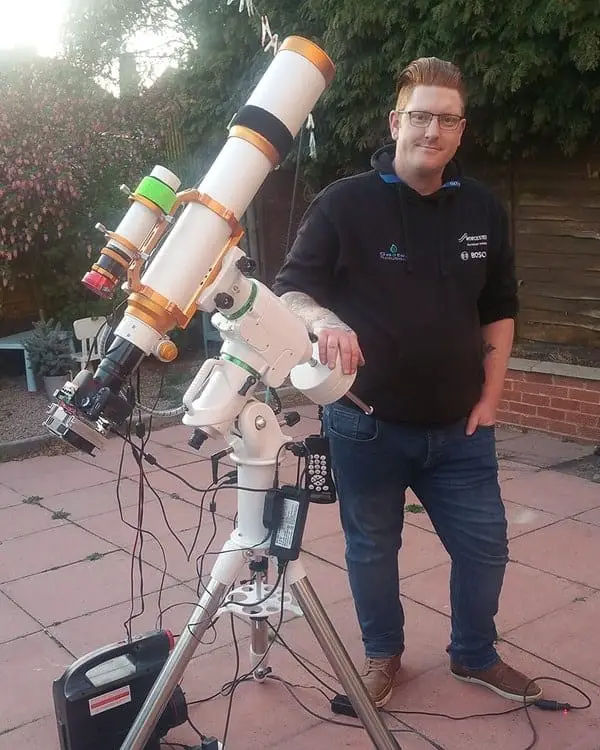
GoTo computerized telescope prices start as low as $300. But, these types of GoTo telescopes come with some disadvantages that can make your viewing experience to the side of disappointing. Decent telescopes with GoTo controls typically start around $550 and go up from there.
Professional GoTo mounts would be a much better investment of your money. These mounts have prices that average $1,280 from the major brands, and you can add any telescope to them typically with a dovetail adapter. This would be your deep space object (DSO) astrophotography need for longevity and stability giving you back your money’s worth over time if you use it that is. This is the beast I am saving up for. It can handle a 44lb payload and is timing belt driven. This is the current price on Amazon for the Sky-Watcher EQ6-R
What Are The Caveats of a GoTo Scope?
GOTO telescopes significantly vary in price depending on the quality of the mount, be it the material, motors, the telescope if included, or even its onboard object database. Depending on your experience and skill in finding celestial objects by yourself, those high-end GoTo telescopes can undoubtedly be worth the price.
For beginners, GoTo can be a big help in allowing you to view many different objects in the night sky without going through the process of learning the knowledge and skills to be able to find them by yourself.
For advanced to expert astronomers, it can take your viewing experience to the next level by allowing you to see objects that are very difficult to find on your own.
Problems can arise when a beginner has something a little off, is it the telescope, or the mount, or the computer? For a first telescope, you are compounding what you have to learn to be able to see the cool stuff.
Is There a Better GoTo System Than Another?
One should be careful in choosing the GOTO telescope that you will invest in. Even though those less expensive, low-end GOTO telescopes may have quite a large number of celestial objects in its database as well, they usually come with lighter weight mounts and construction that are not very stable. Having to readjust your telescope because of a small wind gust or other little reason can be a very aggravating viewing experience. It is always recommended to invest only in the top telescope manufacturers such as Celestron, Meade, Orion, and Gysker as GoTo telescopes mainly due to the future parts availability and software updates. They often have additional features like PC connections. There are some top brands, to see our best picks check out this.
So, Which is Better, GoTo or Manual Telescopes?
A critical aspect in choosing between the two is the purpose what you will be using the telescope for. If you will also be using the telescope for astrophotography, it would be better to go for a GoTo telescope. These telescopes can easily be used with cameras and other kits, which make astrophotography much easier.
Also, GoTo telescopes are capable of tracking objects in the night sky, which makes them a must for long exposure photography.
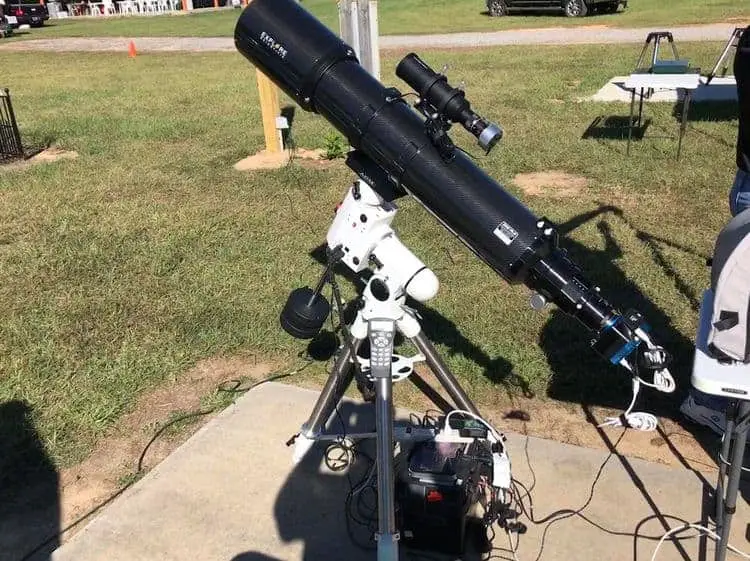
However, it is arguable, but if you plan to use your telescope exclusively for observing, I would recommend a manual telescope for observation. Here, the most important thing is the size of the telescope’s aperture. Since GoTo telescopes are more expensive, the money that you will be able to save by not buying one can be used to get a larger telescope with a bigger aperture.
GoTo Mount Style, Which Is Best, Alt-Azimuth, or Equatorial?
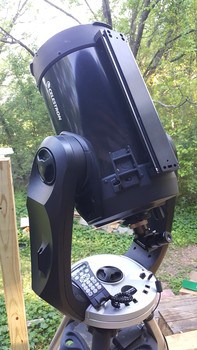
GoTo telescopes are very helpful in allowing you to view thousands of different objects in the night sky without exerting time and effort to locate them. These telescopes also come with a variety of other advantages that make them really useful, but what style mount is best?
A manual alt-azimuth has disadvantages to trying to follow an object across the night sky when compared to an equatorial mount.
However, computer-controlled GoTo mounts can track the object either way. The difference comes when tracking. A computerized alt-azimuth mount has to use two motors to track the object while the equatorial mount would just use one motor to track. While both computerized versions can track the equatorial mount wins with a little less vibration when highly magnified.
Can You Build Your Own GoTo Telescope System?
This is possible to do; however, it doesn’t save you money per se. Why you can buy the hardware to control it with an Arduino, or Raspberry Pi, the motor control software is not readily available, this one, ArDuino, is the only one that I know of, and it seems pretty awesome. Then you assemble and soldier, and calibrate it. If you know of any software, please leave a comment below. You can use Stellarium as your database of course.
Building my own GoTo is a planned future project of mine, but if I did not have this site, I would save my time and focus on DSO’s and just buy a used GoTo scope most likely. We will see what happens with this project.
Many manufacturers do have GoTo kits they sell for upgrade purposes to their equatorial mounts that cost about $450 or so. Seems like you can just start to upgrade to a new GoTo EQ Mount for the same price, but to each his own.
Need More?
We have covered the GoTo computerized telescopes, and mount’s pretty comprehensively and hope it has answered any question you may have had. If you liked this article, you might like this article on What is a Compound telescope and is it Any Better?
One thing to always remember in astronomy is not only about the different objects that you will see, but it is about the sense of discovery that can inspire you.
